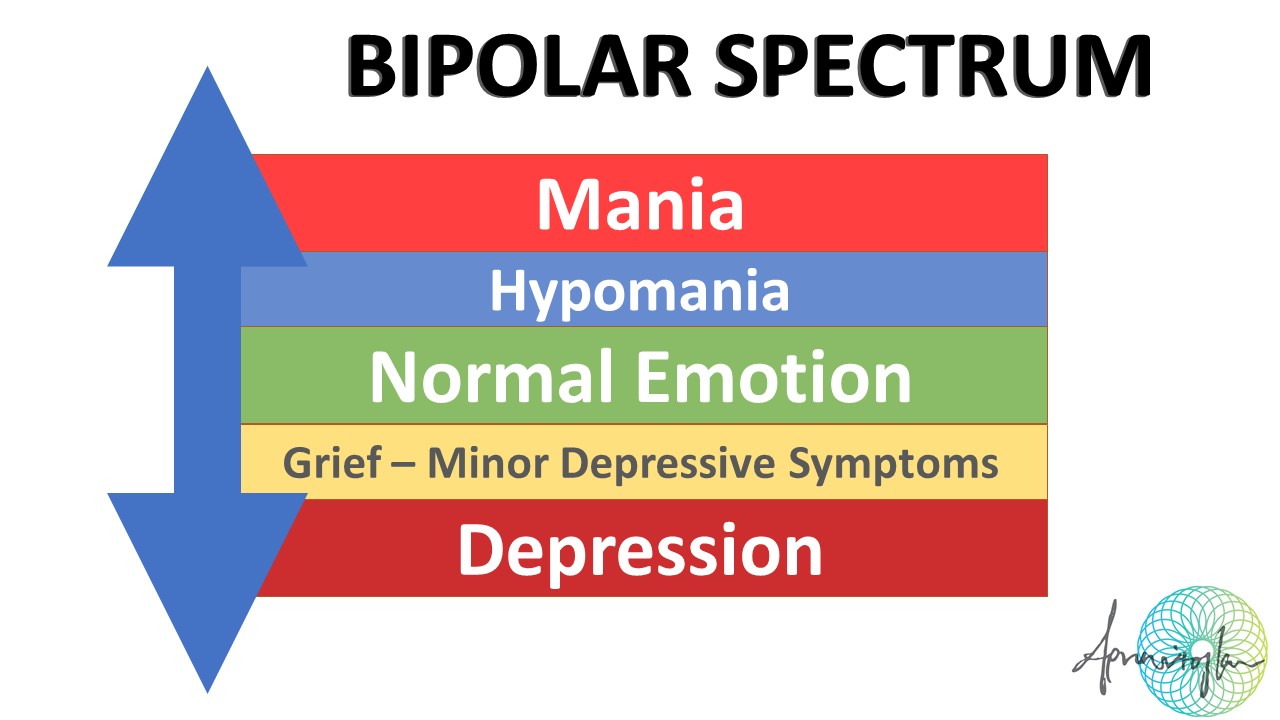Mood Disorders
Basic Terms in Mood Disorders
Before describing mood disorders, it is important to understand the difference between feelings, emotions and mood. When one is sad for one reason or another, and this lasts some days his feeling is surrounded by sorrow and sadness. This is a normal reaction.
If this feeling is present for more than two weeks, then we are inclined to suggest that this could be a mood disorders, with higher stakes on depression. As the situation worsens, the patient’s energy and aspirations decline and eventually he isolates himself from friends and family.
Bearing in mind the Ancient Greek quote ” All in moderation”, mood disorders could not be an exception to the rule. Thus, mood disorders are divided into three categories: 1) Those that the patient experiences ” Intense grief ” 2) Those the patient feels ” Intense Joy” (but without any cause or have any illicit substance) and 3) Disorders whose symptoms are similar to the previous two, but the symptoms are more subtle, milder and chronic.
The main representative of the first category is “Depression”. A mental condition, that the patient may appear in sorrow, sad, depressed (more than 2 weeks). The patient may struggle to perform his day to day activities, may feel anxious, unhappy or unwilling to have sexual intercourse, has appetite disorders (overeating or refusal to eat, sleeping disorders, self-esteem, self-esteem, self-esteem, self-esteem).
Another pathway that could lead to depression is the loss of a beloved person. At first could this leads to grief, which is a normal human response. If grief is unbearable and lasts more than six to eight months, then again this can become complicated or could lead to depression.
The second basic category is called ” Mania ”, a state of exaggeration (Originating from Ancient Greek verb : Μάω – I am = I am out of frenzy, I am crazy, I am insane). As many might read this article, they would wonder : Why this could be a problem – Someone is permanently happy? Unfortunately, just being happy wouldn’t be problematic. The problem lies in exaggeration of the feelings. Mania is closely linked to hyperactivity, and can exhibit galloping-racing thoughts, high levels of energy, relentless speech, hypersexuality, transmitted pleasant-euphoric emotion, over-consumption of money. Acting this way for a period of time will cause irritability, aggression and the patient may experience psychotic symptoms (read more about mania). The third mood disorder category is mixed in terms of mood, mood swings, mood swings. Last but not least, there is a fourth subtype of mood disorder, which is called hypomania . These patients experience subtle symptoms of mania for long periods of time (mild hyperactivity) and depressive episodes, but due to their high functionality are difficult to diagnose.
Dr. Nikitas Arnaoutoglou, Ph.D.
Scientific Officer at Psyxiatros.gr


